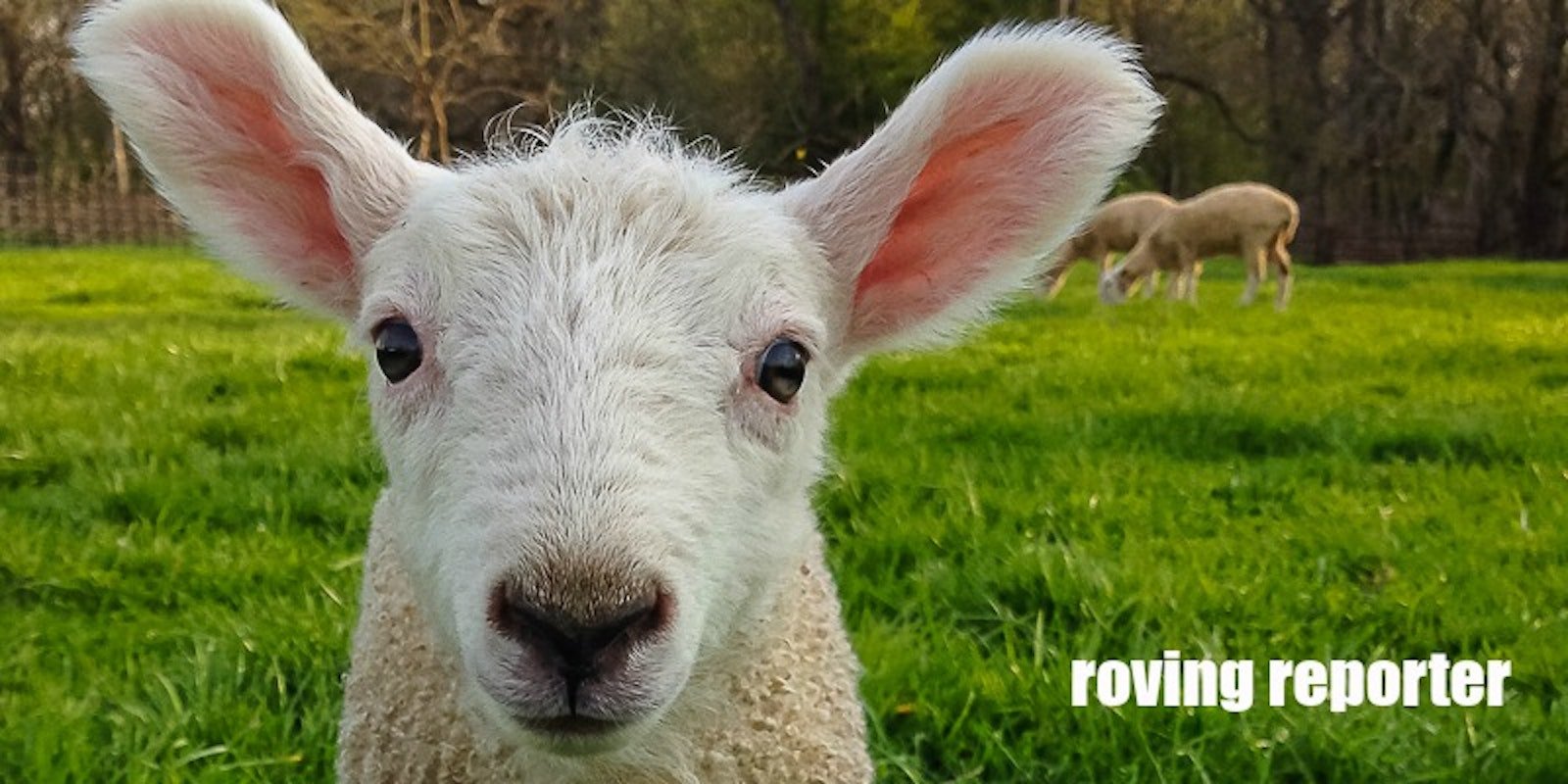Whether you have several wool festivals within easy reach or must look farther afield for fiber, many spinners buy fleece online. Sourcing spinning fibers virtually has its challenges, but connecting with those who produce the fibers can be incredibly rewarding.
This Merino fleece was a lemon, but a bit of intentional processing left it beautifully soft, sound, and clean. Photos: Kate Larson
Finding fiber has never been easier. Many established dyers are working with wider ranges of fibers, and some companies such as Solitude Wool have worked directly with local farmers to produce a wonderful variety of products. Sites such as Etsy.com and LocalHarvest.org can connect spinners with entrepreneurial farmers who list everything from raw fleeces to finished textiles. Sometimes, however, you still might not find fiber you seek. Here’s how to broaden your spinning horizons when you buy fleece online.
A fleece rolled with the cut ends out can look cleaner than it is in the center. Pictures of a few locks or the fleece unrolled will give you a better idea about its condition.
Kate’s tips for finding fibers and fleeces online:
- Check out breed association directories. From Suri alpacas to Clun Forest sheep to German Angora rabbits, many livestock producers register their animals with a breed association or society. Most of these organizations also have websites with directories of active members wishing to be listed online. You can search your local area or the other side of the world. For example, here are Clun Forest shepherds in the United Kingdom and here are Clun Forest shepherds in North America.
- Don’t assume. Most shepherds are not spinners. Lingo and expectations common to the handspinning community might not be within a fiber producer’s experience, and vice versa.
- Ask questions. I love hearing shepherds and llama mamas talk about their animals, goals for the flock or herd, and what they look for in the fiber they produce. You can ask about the length of the fibers, the time between shearings, and the cleanliness of the fleece. Often, if you ask for a photo, you can get most of the info you need. \[caption id="attachment\_364957" align="aligncenter" width="400"\]
- Take a chance. This is a very personal choice, but I take chances with online fleece purchases. I like to support farmers and try new things. If you get a truly undesirable fleece, you can always give feedback to the shepherd. And it is remarkable what fleece problems you can fix with a set of woolcombs and a dyepot.
 Discolored locks? Toss them into the dyepot to turn staining into beautiful variegation.\[/caption\]
Discolored locks? Toss them into the dyepot to turn staining into beautiful variegation.\[/caption\]
—Kate



